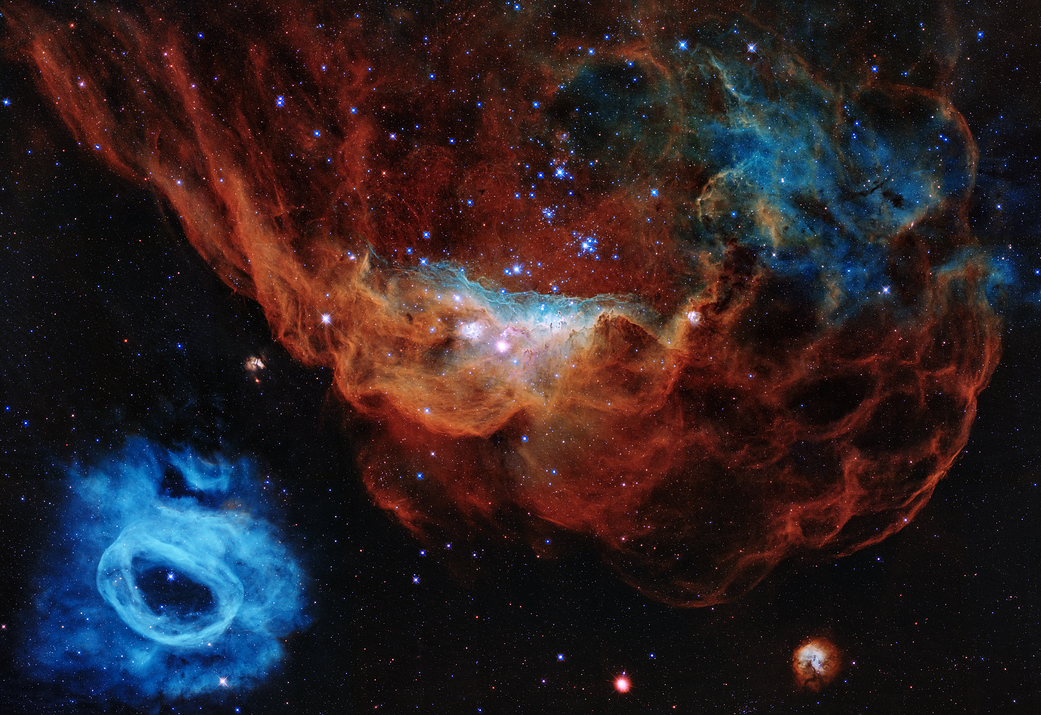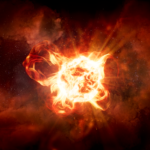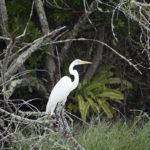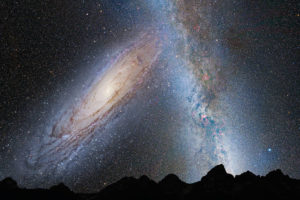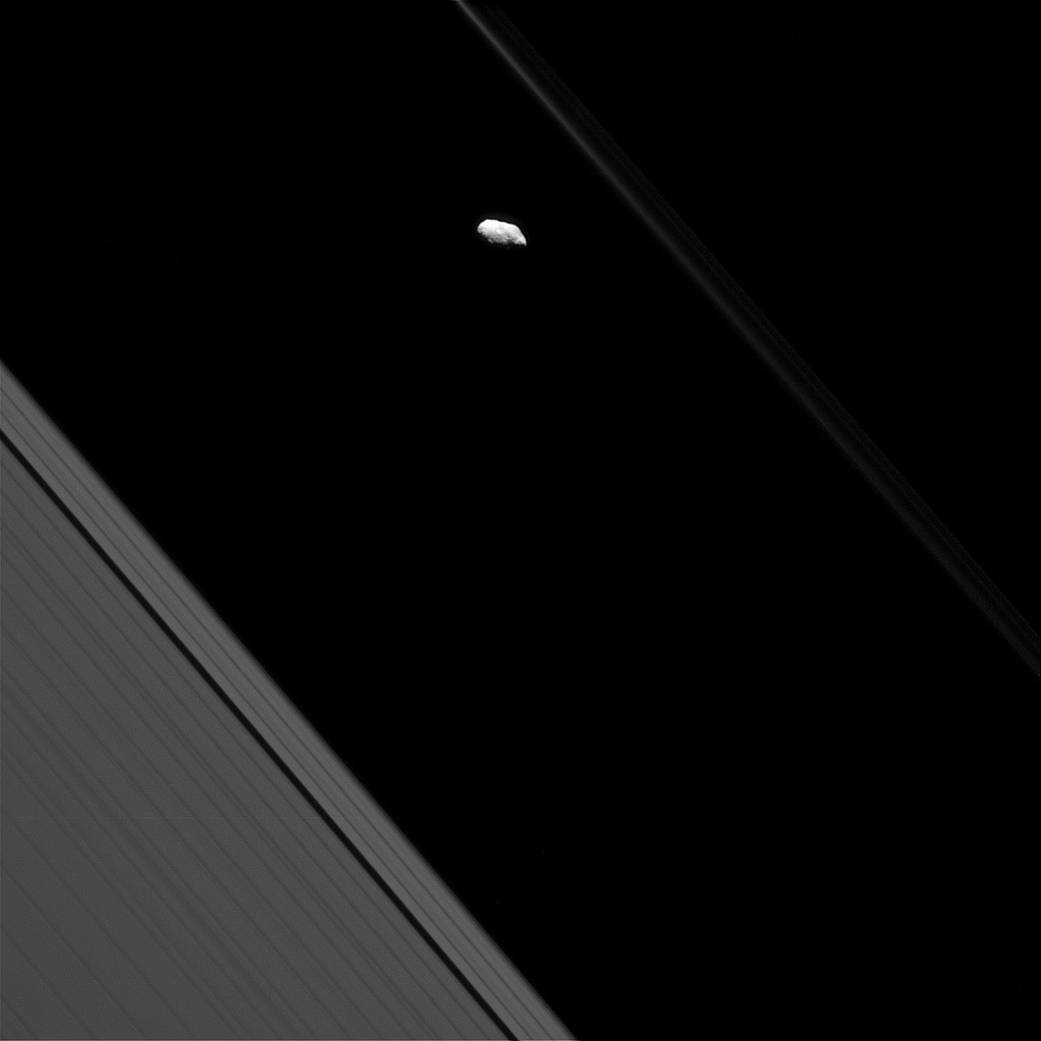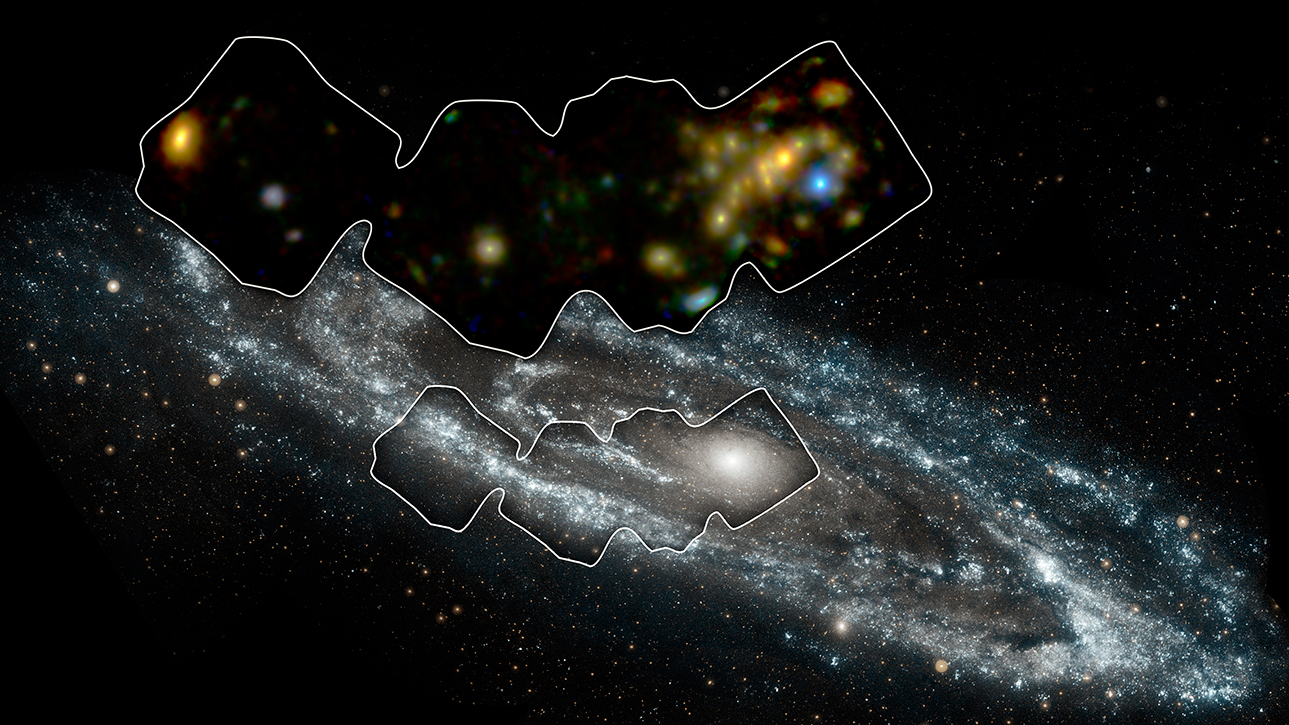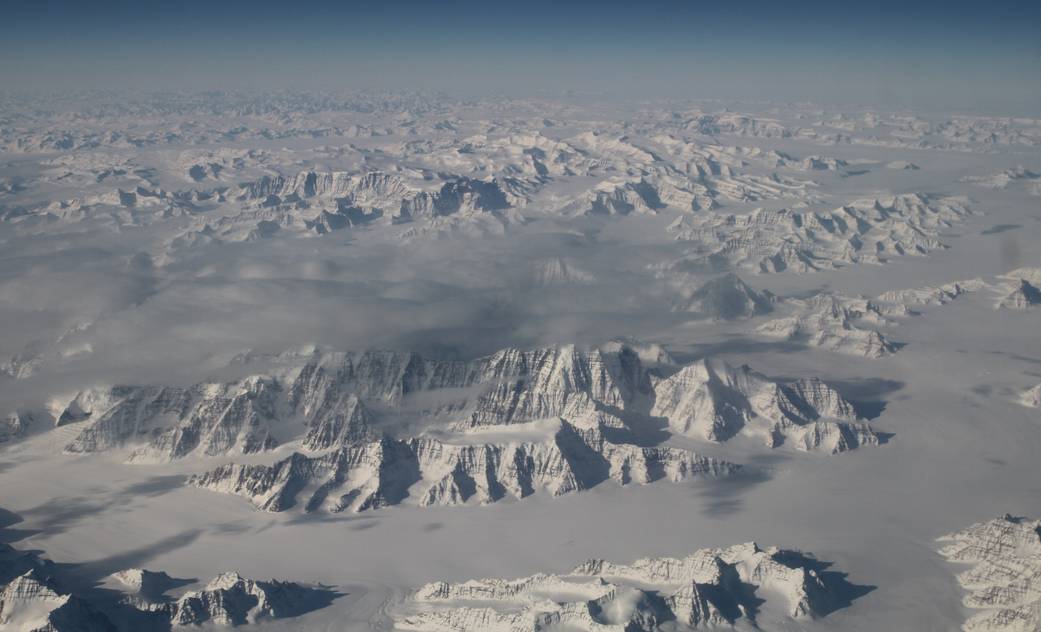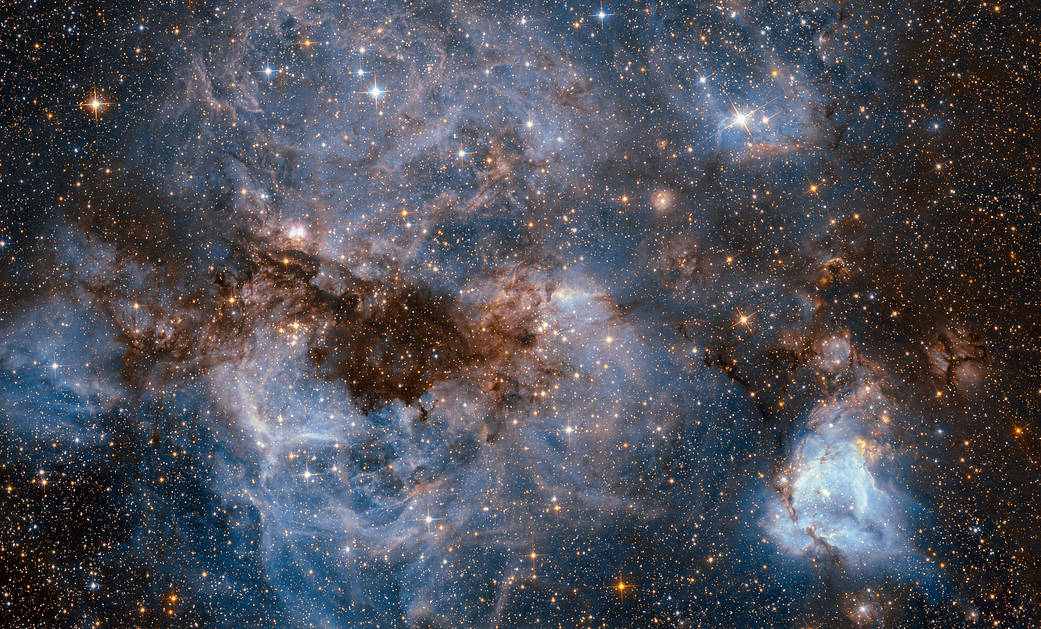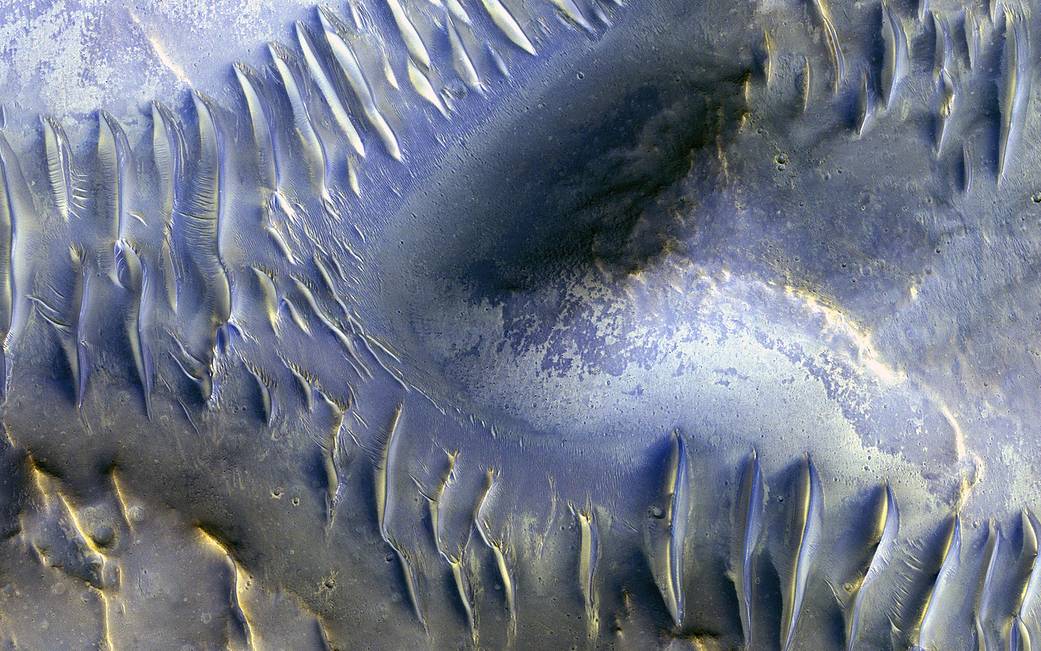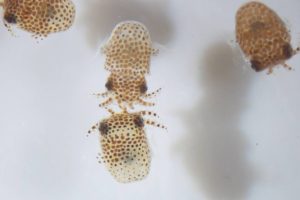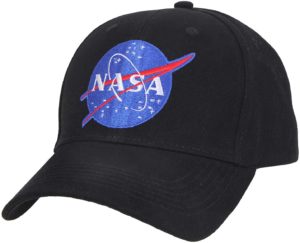NASAの今日の1枚は、巨大な赤い星雲と青い小星雲(NGC2014とNGC2020)の画像です。
赤い星雲は、大海原に浮かぶ珊瑚礁のように見えるため、「コズミックリーフ」(宇宙空間の珊瑚礁)と呼ばれているそうです。
なお、これを撮影したハッブル宇宙望遠鏡は、あと1か月で31周年を迎えようとしているとNASAは伝えています。
NASAの公式サイトのURLはこちら:
Hubble: 30 Years and Counting | NASA
以下はオリジナル原文と和訳です。
Hubble: 30 Years and Counting
It’s March 2021 and in about another month the Hubble Space Telescope will celebrate 31 years in space observing the universe.
それは2021年3月で、約1か月後にハッブル宇宙望遠鏡は宇宙観測31年周年のお祝いとなります。
In this image celebrating Hubble’s 30th birthday, the giant red nebula (NGC 2014) and its smaller blue neighbor (NGC 2020) are part of a vast star-forming region in the Large Magellanic Cloud, a satellite galaxy of the Milky Way, located 163,000 light-years away. The image is nicknamed the “Cosmic Reef,” because NGC 2014 resembles part of a coral reef floating in a vast sea of stars. Some of the stars in NGC 2014 are monsters. The nebula’s sparkling centerpiece is a grouping of bright, hefty stars, each 10 to 20 times more massive than our Sun. The seemingly isolated blue nebula at lower left (NGC 2020) has been created by a solitary mammoth star 200,000 times brighter than our Sun. The blue gas was ejected by the star through a series of eruptive events during which it lost part of its outer envelope of material.
ハッブルの30周年を祝うこととなったこの画像に写っている、巨大な赤い星雲(NGC 2014)とその隣にある小さ目の青い星雲(NGC 2020)は、163,000光年先にある天の川の周辺銀河である大マゼラン雲の広大な領域の一部に存在しています。 NGC 2014は、広大な星の海に浮かぶ珊瑚礁のように見えるため「コズミックリーフ」と呼ばれています。 NGC2014にある星のいくつかは超巨大です。星雲の中央にきらめく星々は、明るくて重い星の集まりで、それぞれが太陽の10倍から20倍の大きさです。左下にある一見孤立した青い星雲(NGC 2020)は、太陽の20万倍の明るさの孤立したマンモス星によって作成されました。青いガスは噴火のような活動から星から放出されており、その放出により外縁の一部を失いました。
Image Credit: NASA, ESA and STScI
Last Updated: Mar 4, 2021
Editor: Yvette Smith
